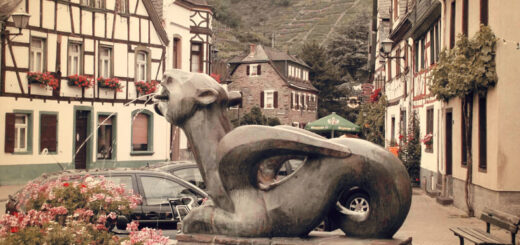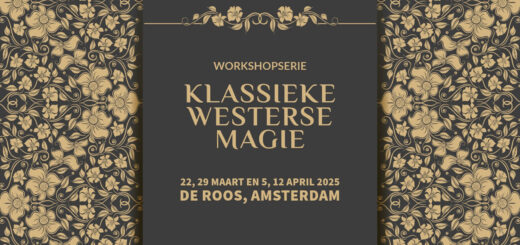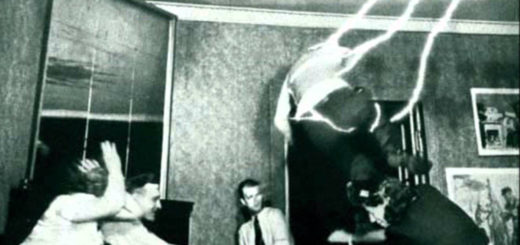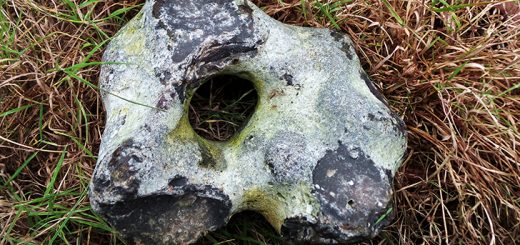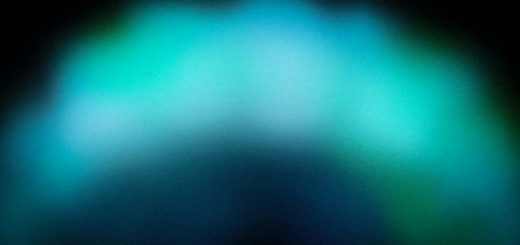Claude Gillot, artist between satyr and sabbath

Portrait of de Claude Gillot
Claude Gillot (April 27, 1673 – May 4, 1722) was a French painter, print-maker and illustrator, engraver, book illustrator, metal worker, and designer for the theater. Gillot was born in Langres. He had Watteau as an apprentice between 1703 and 1708. Gillot directed scenery and costume design for both opera and theatre. An accomplished draftsman and a man of keen intelligence, he was in part responsible for the love of the theatre, especially Italian comedy, that figures prominently in Watteau’s art.
Gillot’s mythological or occult sceneries, with such titles as Feast of Pan and Feast of Bacchus, gained him entry to the French Royal Academy in 1715, after which he then adapted his art to the more fashionable tastes of the day. His prints also depict popular scenes and courtly comic adventures and he introduced the decorative fêtes champêtres, in which he was afterwards surpassed by his pupils Antoine Watteau and Nicolas Lancret. He died in Paris, aged 49.

Witches sabbat

Witches’sabbat

The funeral

The marriage

The education

The birth

The feast of Pan

The passion of war

The passion of youth

The passion of wealth

The passion of the game

Feast of Diana

Feast of Faunus

The feast of Bacchus

Sabbat

Sabbat
You may also like to read:
Stefan Eggeler: Walpurgis Night witches, Kokain (Cocaine) and other illustrations
Witchcraft paintings – Dutch 17th century
Witches ointment
Why did Witches Want to Ride their Broomsticks?
The incubus or succubus – nightmare or astral sex date?
Hecate – The Calling of the Crossroad Goddess
The Ancient Witch-Cult of The Basques
Walpurgis Night
Rosaleen Norton, Daughter of Pan
Mysteries of the Ancient Oaks
Black Cat Superstitions
The Mystical Mandrake
Little Secrets of the Poppy
Datura stramonium or jimson weed or zombi-cucumber
Mountain spirits
Wild Man or Woodwose
Sprite
Claude Gillot’s witches’ sabbat drawings


